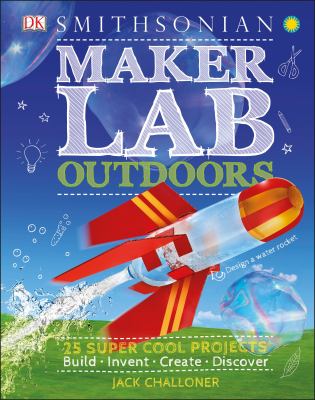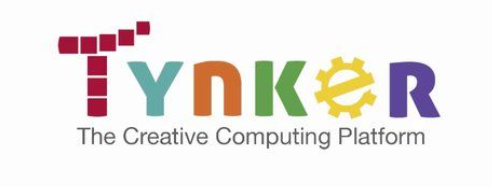We have a wonderful Guest Blogger! – Aimee Imbeau
Aimee is an HCOS Teacher & STEAM Mentor. She has a heart for igniting a passion of learning in our students. Here are her top 8 benifits of teaching with STEAM!
“What is the point of STEM?”
I’ve been asked this question by parents. And to be honest, I’ve even asked the question myself as I gazed upon my popsicle stick, glue, tissue paper, and construction paper-laden table.
“Is this mess worth whatever skills or knowledge my kids might gain?”
Now that I’ve been doing STEM for several years, I can answer that second question with an affirmative yes! I have seen the benefits both in a classroom setting and with my own kids. Let me share with you 8 benefits of STEM activities and challenges.

Doing STEAM helps you stay up-to-date with current technology. Technology changes almost daily and it’s important to stay current. If we don’t teach our kids how to navigate and use technology responsibly, someone else will likely show them how to not use it properly. It also encourages kids to be proactive when it comes to technology – I want my kids to be influencers in this area instead of followers!
Inspiring creativity and innovation huge benefits of STEAM. Just think of the apps that are available for your phone. Someone with a creative and innovative mind thought of it (OK, not all apps are ingenious or groundbreaking…but I digress).
STEAM inspires us to make a difference in the world – and I think we can all agree that this world is desperate for hope. In my last post, I introduced you to Hudson, the dog, and the gentleman who made a difference for him by inventing a special prosthetic leg. WOW! Just think of the possibilities in how our kids can make a difference for the Kingdom of God through STEAM education!
This world is chock-full of problems. There is no denying it. STEAM education helps kids become good problem-solvers. They learn to analyze problems and then work together to find a solution.
Through STEAM education, children tend to have a deeper understanding of concepts. They are applying the ideas to solve a problem and using it to solve real-world problems, making the ideas ‘stick’.
One of the biggest benefits of STEAM education is cultivating strong collaboration and teamwork skills. One year, my students were constructing a ‘rock mover’ in a pioneer unit. One team’s ideas just weren’t working, and one student became so frustrated that she smashed the entire prototype. Her friends were disappointed, and she allowed her emotions to overcome her. This was a beautiful opportunity for the team to demonstrate love, forgiveness, and grace to the frustrated team-mate, who was very remorseful. Isn’t that what is supposed to happen in the family of God? Grace upon grace to build relationships.
STEAM projects encourage kids to take risks. They might have to stand up for their idea, deal with failure in a healthy way, and try out ideas that might seem far-fetched (but might actually work! They don’t know until they try!).
The last benefit I want to mention is that STEAM education builds a love of learning in kids. They get so excited when their idea works – I will never forget the excitement when a group’s water filter worked, and the water came out clear! When kids are excited and engaged about learning, there is very little resistance to education.
Now it’s time for a STEAM activity!
Oil Spill!
Oil spills are a real issue today. We are to steward God’s creation well (include some Biblical applications here) and learning how to clean up an oil spill is a great way to deepen that understanding (and might prevent slips in the kitchen!).
Materials needed:
- A pan of water (disposable or reusable)
- Vegetable oil (or motor oil) – enough for a ratio of 1:4 oil to water (ohhh…math!)
- Blue food colouring to make the water blue (optional)
- Variety of clean-up items (cotton balls, coffee filters, sponges, paper towel, spoons, etc.)
- Feathers, fake fur, leaves, etc. to include in the water & oil to represent nature and animals.
- Garbage bucket!
Instructions:
- Brainstorm ideas and materials to use to clean up the oil.
- Have your child develop a plan of action to get rid of the oil.
- Gather materials and attempt to clean up the oil.
Questions:
- What material worked the best to clean up the oil? Why?
- What material did not work well? Why didn’t it work well?
- If you included feathers and/or fake fur in your lab, what was challenging about it?
- What problem(s) did you run into during this project?
- How did you solve the problem(s)?
- While you were trying to clean up the oil, did you think of other materials or ideas to try? If so, what happened?
- How long did it take for you to clean up the oil?
Extensions:
Research the impact of oil spills on animals.
Does Dawn liquid soap really work to clean oil on feathers?
Research the worst environmental disaster to date.
Research the material environmental engineers use to clean up huge oil spills.
Play with this interactive site.
Including art:
Art with oil pastels and baby oil.
In my next post, I will help you create your own STEAM bin!
Aimee Imbeau
HCOS Teacher & STEAM Mentor



























Leave a Reply